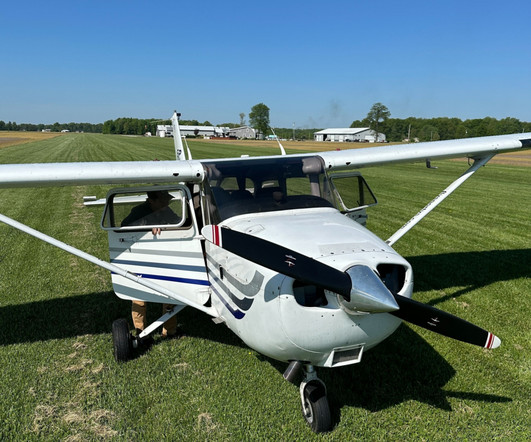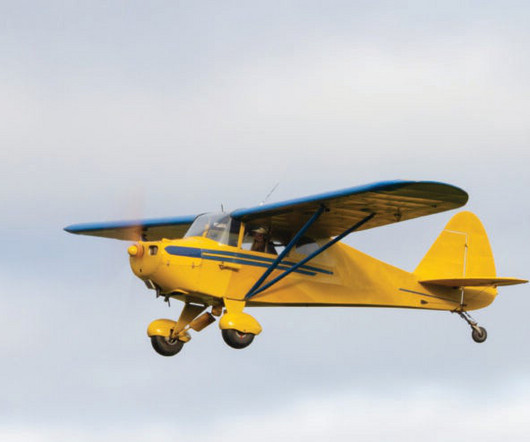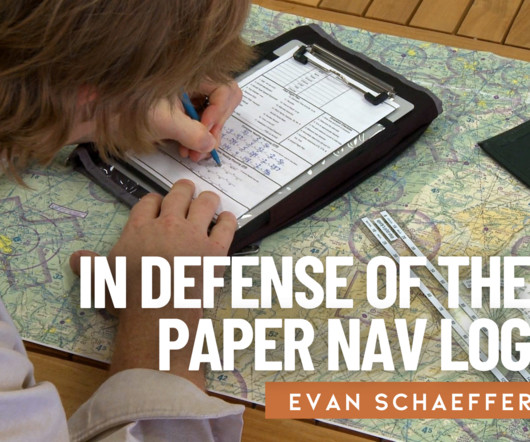Centerline, centerline, centerline
Air Facts
MAY 24, 2024
We started up the engine, got the weather, asked the tower for our instrument flight plan, and began to taxi from the T-hangars on the east side of the field down the familiar route of “Hotel, Echo” to runway 18 right for a departure to the north with a turn to the east. My left crosswind became left downwind very quickly.















Let's personalize your content